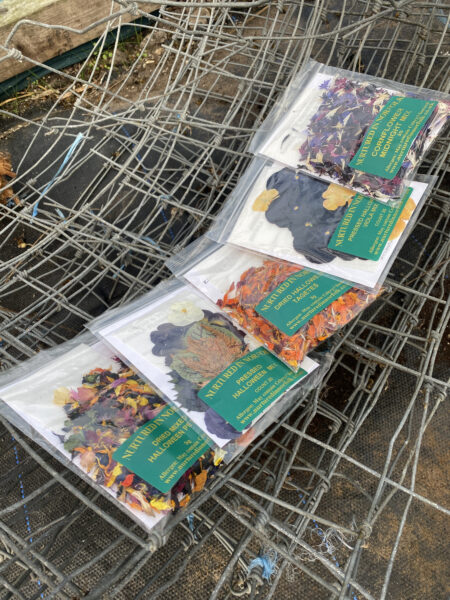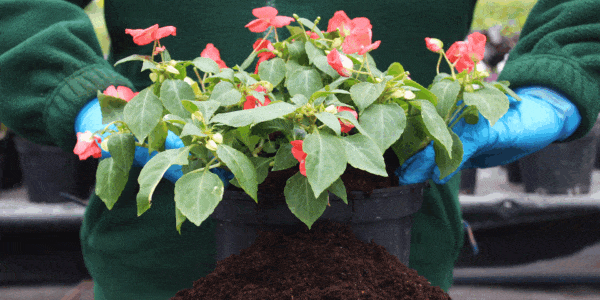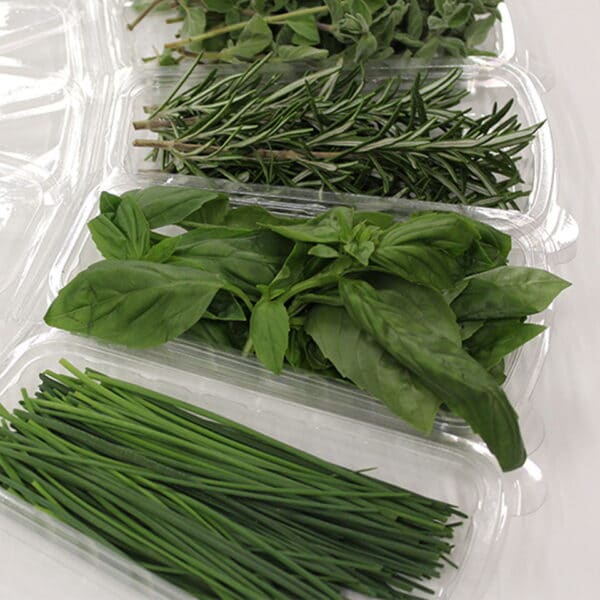Jobs for this week in the garden
Finally, if you’re an Edible Flower lover as well as fresh Herbs, then remember that you can also start to sew Flowers like Calendula, Poppies and Cornflowers in prepared soil. If you’re looking for advice or guidance on how you recycle this year’s cornflower heads, then click the link here.
This contains all of the information that you’ll need to de-seed this years Cornflower heads. This is great for recycling the edible plants that you already have as well and it’s super easy to do. It will definitely be worth it when the delightful, colourful cornflowers start to pop up next season!
If you would like any horticulture query answered please do e-mail our head grower at martyn@nurturedinnorfolk.co.uk to add your thoughts to our weekly horticulture hacks.
Martyn Davey – Head Grower
EDP Gardening Expert Columnist
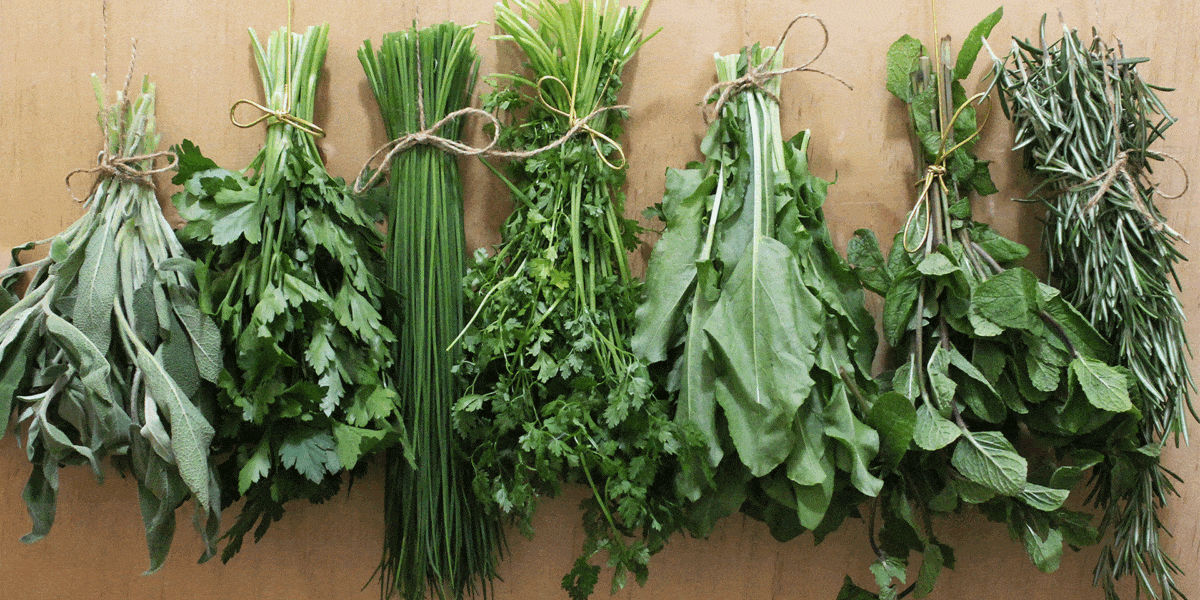
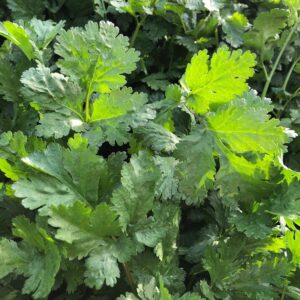 Flat Parsley Fresh Bunched Herb
Flat Parsley Fresh Bunched Herb
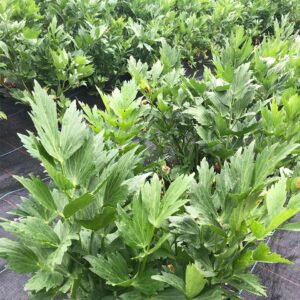 Lovage Fresh Bunched Herb
Lovage Fresh Bunched Herb
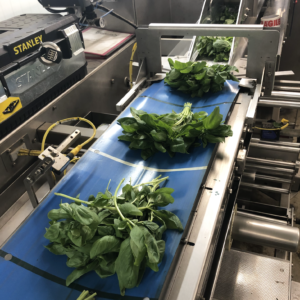 Basil Fresh Bunched Herb
Basil Fresh Bunched Herb
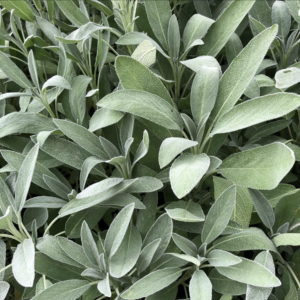 Sage Fresh Bunched Herb
Sage Fresh Bunched Herb
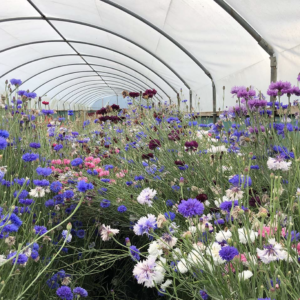 Cornflower Edible Flowers
Cornflower Edible Flowers
 George Powles Lamb Rack with Spiced CousCous, Shaved Pickled Beetroot, Jerusalem Artichoke Puree, Beans Tagliatelle and Mint Oil (Serves 2-4)
George Powles Lamb Rack with Spiced CousCous, Shaved Pickled Beetroot, Jerusalem Artichoke Puree, Beans Tagliatelle and Mint Oil (Serves 2-4)
